The sun rises over Kyoto's bamboo forests as another packed shinkansen bullet train arrives at Tokyo Station. Japan's tourism recovery is in full swing, with visitor numbers in 2023 exceeding pre-pandemic levels. Yet behind the polite smiles of hotel staff and the efficient bow of tour guides lies an alarming reality: the industry faces a staggering shortage of approximately 300,000 workers. This deficit threatens to undermine what should be Japan's golden era of tourism.
At first glance, the labor shortage appears counterintuitive. Japan's population is aging rapidly, with nearly 30% of citizens over 65. One might expect plentiful job seekers in a shrinking workforce. Yet tourism businesses across the archipelago - from ryokan inns in Hakone to ski resorts in Hokkaido - post "Help Wanted" signs that remain untouched for months. The reasons weave together demographic shifts, cultural attitudes, and policy decisions into a perfect storm.
Demographic time bomb explodes in service sector
Japan's overall working-age population has contracted by 13% since 2000. The tourism industry feels this acutely because it traditionally relies on two groups disappearing from the labor force: retirees taking part-time positions and young workers willing to accept seasonal employment. Where ryokan owners once could count on energetic university students or active seniors to staff front desks, both cohorts have largely vanished.
The pandemic accelerated this exodus. When borders closed, many foreign workers returned home, while Japanese staff transitioned to more stable industries. Now that tourism has rebounded, these workers show little interest in returning to jobs known for long hours, physical demands, and relatively low pay compared to other service sector positions.
Cultural barriers compound the crisis
Deep-seated attitudes about service work create additional hurdles. Despite Japan's famous omotenashi (hospitality) culture, tourism jobs carry less prestige than manufacturing or office work. Many university graduates would rather take white-collar positions with lower salaries than work in hotels or restaurants. The industry's image problem persists even as wages rise, with starting salaries at major hotel chains now approaching entry-level corporate positions.
Language requirements further shrink the applicant pool. While global chains can recruit internationally, traditional Japanese inns and smaller businesses need staff fluent in both Japanese and at least one foreign language. This narrows potential hires to either rare bilingual Japanese citizens or foreign workers with advanced language skills - both scarce commodities.
Immigration policies lag behind reality
Japan's much-touted "specified skills" visa program, designed to attract foreign workers, has failed to deliver for tourism. Complex requirements and low wage thresholds make Japan less competitive than other Asian destinations. A Vietnamese worker might earn comparable wages in Seoul or Singapore while facing fewer bureaucratic hurdles and lower living costs than in Tokyo or Osaka.
Regional disparities exacerbate the problem. While Tokyo and Osaka attract some foreign workers, rural areas - where many cultural attractions are located - struggle immensely. The lack of multilingual schools, international communities, and immigration support services in these regions makes recruiting overseas staff nearly impossible.
Technology fills some gaps, but not all
Some businesses turn to automation, with hotels deploying robot bellhops and restaurants using tablet ordering systems. However, these solutions primarily address back-of-house operations. The essence of Japanese hospitality - the human touch of a kimono-clad attendant explaining hot spring etiquette or a guide sharing local folklore - resists automation.
Convenience stores and fast-food chains have successfully attracted workers with higher wages and better benefits, setting expectations the tourism sector struggles to match. A Lawson employee now earns more than many hotel clerks, without the pressure of dealing with jet-lagged foreign guests at 3 AM.
Structural solutions remain elusive
The government has proposed various measures, from expanding working holiday visas to encouraging more women and retirees into the workforce. Yet these initiatives move slowly through Japan's consensus-driven policymaking process. Meanwhile, businesses implement stopgap measures like reducing room inventory or shortening operating hours - directly capping tourism growth potential.
Some industry leaders advocate for radical changes, suggesting Japan should either significantly increase immigration or accept lower service standards. Both options face cultural resistance. The coming years will test whether Japan can maintain its world-renowned hospitality while confronting its most severe labor crisis in modern history.
As cherry blossom season approaches, the mismatch between tourism demand and workforce capacity becomes increasingly visible. The 300,000 missing workers represent not just unfilled jobs, but a fundamental challenge to Japan's economic strategy. With the government targeting 60 million annual visitors by 2030, solving the labor shortage may determine whether Japan's tourism ambitions blossom or wither.
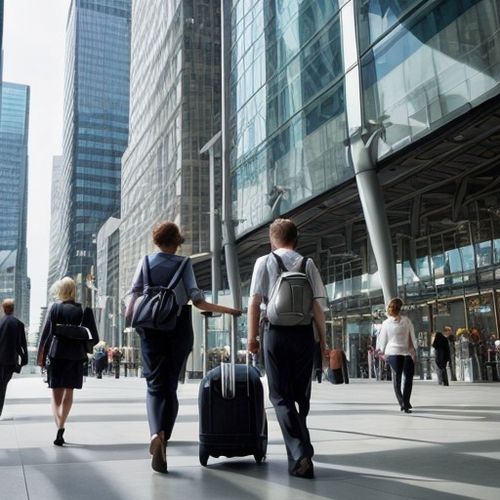
By Jessica Lee/Apr 7, 2025
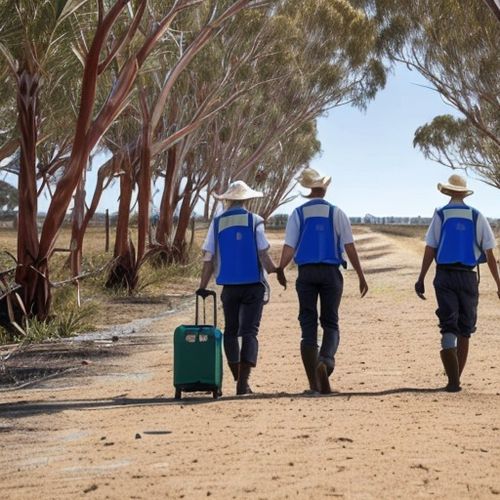
By Emily Johnson/Apr 7, 2025

By Jessica Lee/Apr 7, 2025
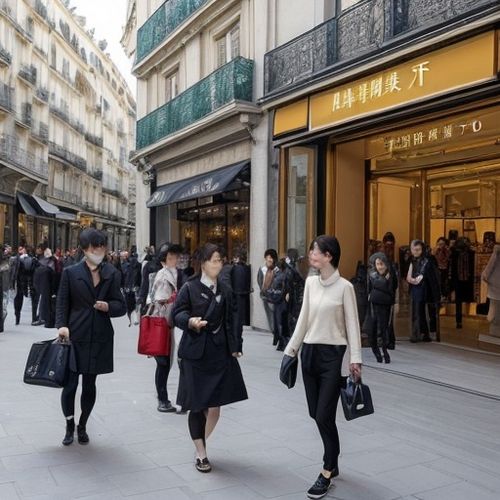
By Joshua Howard/Apr 7, 2025

By Amanda Phillips/Apr 7, 2025

By Sophia Lewis/Apr 7, 2025
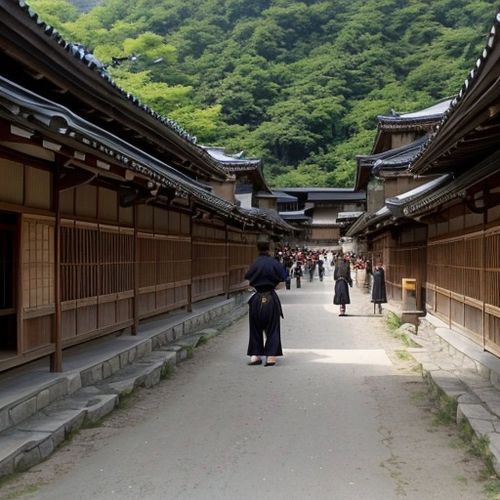
By Samuel Cooper/Apr 7, 2025

By Michael Brown/Apr 7, 2025

By Elizabeth Taylor/Apr 7, 2025
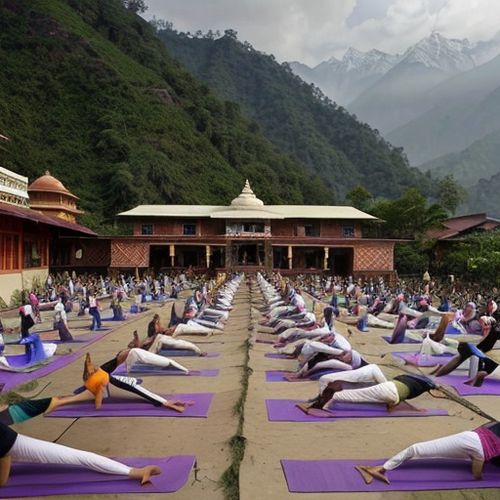
By Sarah Davis/Apr 7, 2025

By Daniel Scott/Apr 7, 2025

By Grace Cox/Apr 7, 2025

By Grace Cox/Apr 7, 2025

By Ryan Martin/Apr 7, 2025

By Christopher Harris/Apr 7, 2025

By Lily Simpson/Apr 7, 2025

By Elizabeth Taylor/Apr 7, 2025
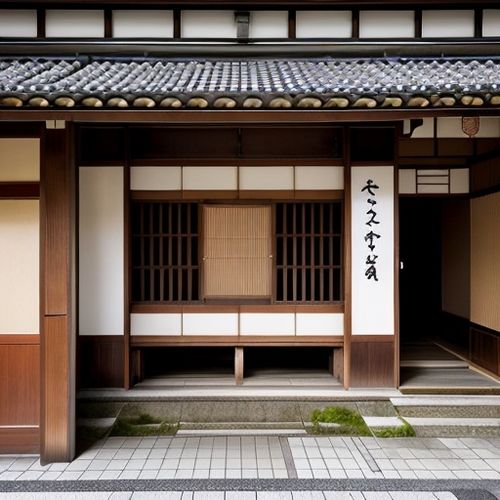
By Christopher Harris/Apr 7, 2025

By Noah Bell/Apr 7, 2025

By Thomas Roberts/Apr 7, 2025